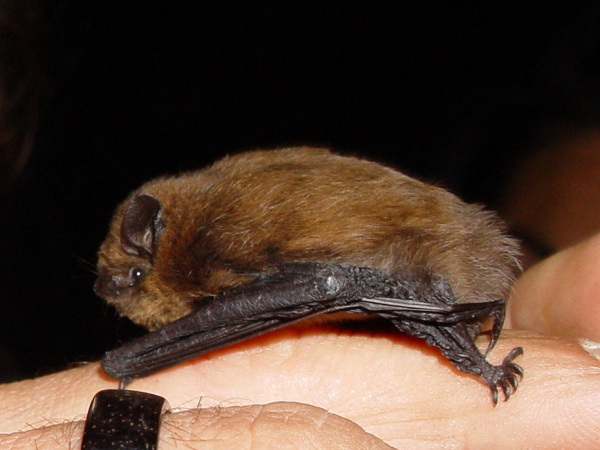Facts About Common pipistrelle
The common pipistrelle is a diminutive bat that inhabits Europe, North Africa, southwestern Asia, and possibly Korea. In 1999, researchers discovered that what was previously considered one species was actually two distinct species, differentiated by their echolocation calls. The common pipistrelle (Pipistrellus pipistrellus) and the soprano pipistrelle have unique call frequencies.
This bat is particularly small, with a forearm length ranging from 27.7 to 32.2 mm and a weight between 3.5 and 8.5 grams. They are typically found in woodlands, farmlands, and urban areas. Female bats often roost in lofts and buildings while raising their young.
Regarding their behavior, male common pipistrelles establish courtship territories during the fall to attract females. Mating occurs then, but fertilization is delayed until after hibernation. Pregnant females congregate in maternity colonies and typically give birth to a single pup in June. These bats primarily feed on insects such as flies, mosquitoes, and gnats. Their echolocation calls range from 45 to 76 kHz, with most energy concentrated at 47 kHz.
The common pipistrelle is widely distributed, found in the British Isles, much of Europe, parts of Northwest Africa, India, China, and Myanmar. Although it is one of the most common bats in Europe and the UK, it is classified as "Least Concern" by the IUCN due to its extensive range and presumed large population. However, in the UK, conservation efforts are underway to restore their numbers to pre-1979 levels, as agricultural intensification has led to the loss of their foraging habitats.

 Russia
Russia